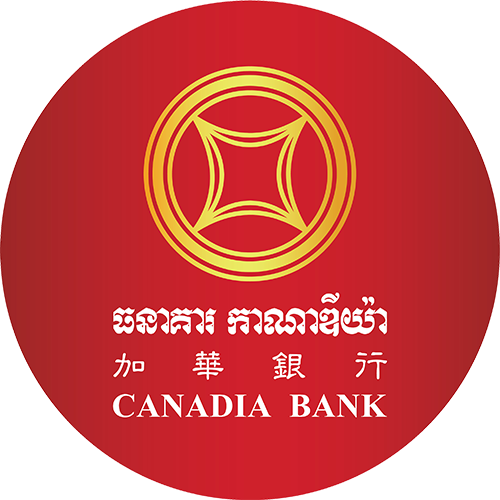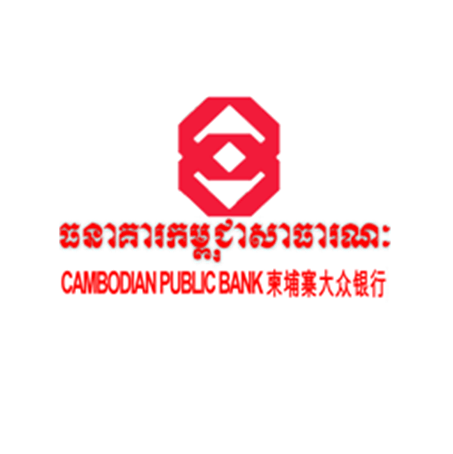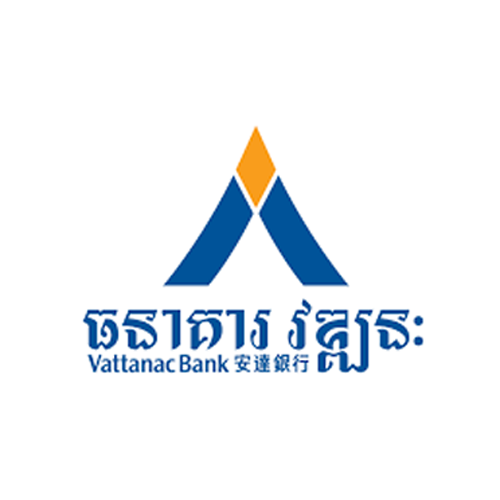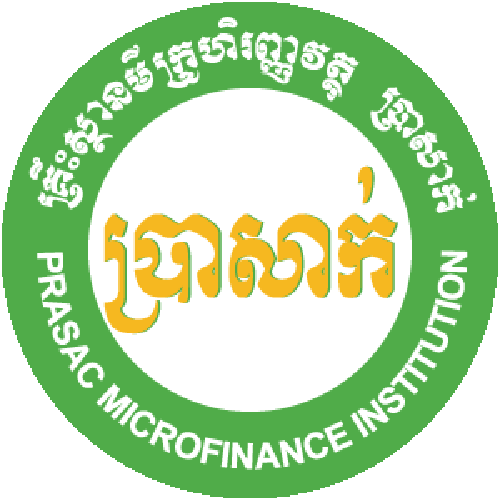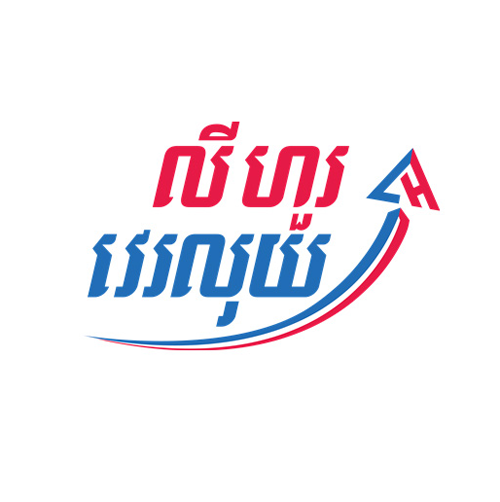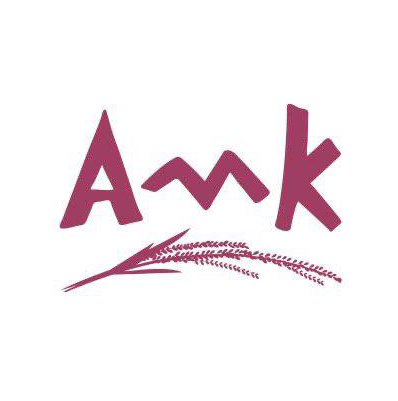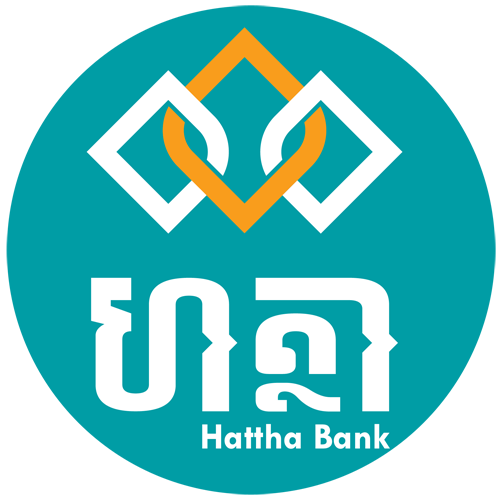HISTORY
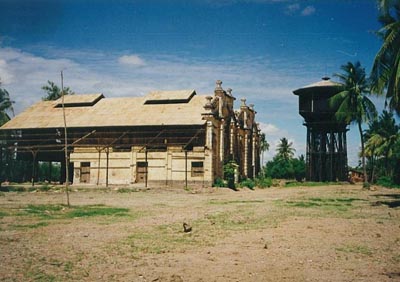
In 1959, PPWSA was officially established by Royal Decree No. 164NS dated March 24, 1960
signed by King Norodom Sihanouk, the King of the Kingdom of Cambodia, as a state treatment
and business unit under the direct supervision of the Phnom Penh Municipality, and was
officially named "Phnom Penh Water Supply Authority". Since then, PPWSA is responsible for
water treatment and supply to satisfy the demand of the population in Phnom Penh and for
ensuring the balance of income and expenses in relation to its water treatment investment.
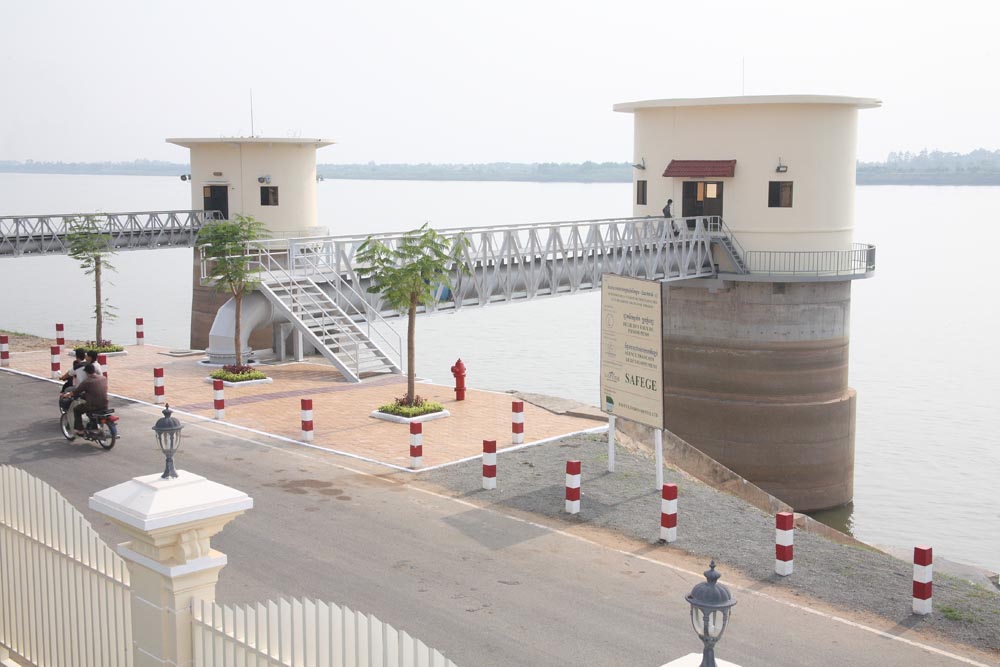
From 1959 to 1970, the water supply service and business operation of PPWSA was expanded by refurbishing and establishing new WTPs and supply networks, as described below:
• Potable Water Treatment Plant
- In 1958, the Chamkar Mon WTP was built by DEGREMONT with a treatment capacity of 10,000 m3/day;
- In 1959, the Chroy Changvar WTP was renovated and expanded its treatment capacity to 40,000 m3/day; and
- In 1966, PICCHABAL established a new potable WTP at Phum Prek with a treatment capacity of 100,000 m3/day.
• Reparation and Expansion of Transmission and Water-Distribution Networks
- In 1957, DEGREMONT installed a distribution pipeline network of 36 km;
- In 1959, KUBOTA installed a distribution pipeline network of 32 km;
- From 1960 to 1970, PPWSA installed a distribution pipeline network of 165 km; and
- By the end of 1970, PPWSA had a total distribution pipeline network of 288 km which was made up of entirely cast iron pipelines.
• Capacity Expansion of PPWSA
- The potable water distribution pipeline network had gradually increased from 40 km in 1895 to 165 km in 1960;
- The total treatment capacity had increased from 25,000 m3/day in 1959 to 55,000 m3/day in 1963, and 155,000 m3/day in 1969;
- The number of customers has gradually increased;
- The capacity to manage its customers had improved which generated considerable revenue for the business and enabled supply without external support.
From 1970 to 1979
From 1970 to 1975, after the collapse of the Sangkum Reas Niyum regime at the end of 1969,
Cambodia was ruled by the Khmer Republic led by Lon Nol. Both the social and economic
sectors in the country eventually collapsed and their collapse was irretrievable. Various
ministries and institutions were the subject of controversy, and all sectors were affected by war.
Because of the political instability and insecurity, many civil servants and employees had
resigned or worked inattentively. At the same time, the potable water treatment process and
business of PPWSA was also adversely affected due to the inability to implement planned
projects and programs. Furthermore, the plan to convert PPWSA to an autonomous national
enterprise was also postponed.
On April 17, 1975, the Khmer Rouge gained full control of Cambodia and evacuated everyone
from Phnom Penh to work in the agricultural sector in rural areas. At that time, there was little
water production and distribution in Phnom Penh. The potable water produced was only for the
consumption by a small group of the leaders of the Democratic Kampuchea. Most water
treatment and distribution systems were discarded. Without utilization, repairs and maintenance,
the quality of these systems quickly deteriorated, causing great difficulties for their rehabilitation
after 1979.
From 1979 to Present
After Victory Day on January 7, 1979, the potable water sector in Phnom Penh commenced
operations again under extremely difficult circumstances as the technicians, tools, materials and
technical documents had been almost entirely destroyed by the Democratic Kampuchea. In
these difficult circumstances, PPWSA has, with great effort, achieved the following:
Potable Water Treatment Process
• Chroy Changvar WTP
- In 1983, after limited repairs, this plant again commenced operation with a production capacity of 40,000 m3/day.
- However, in 1984, because of the lack of resources to effect repairs and adequate electricity, the operation of the plant was completely halted;
• Chamkar Mon WTP
- After Victory Day, this plant was still not operational.
- In 1989, with financing from the former Soviet Union, this plant commenced operation again with a production capacity of 8,000 m3/day, compared to its initial capacity of
10,000 m3/day.
- In 1995, with the first phase of the grant aid from the French Government, the production capacity of the plant increased to 10,000 m3/day.
- In 1997, with the second phase of the grant aid from the French Government, the treatment capacity of this plant reached 20,000 m3/day.
• Phum Prek WTP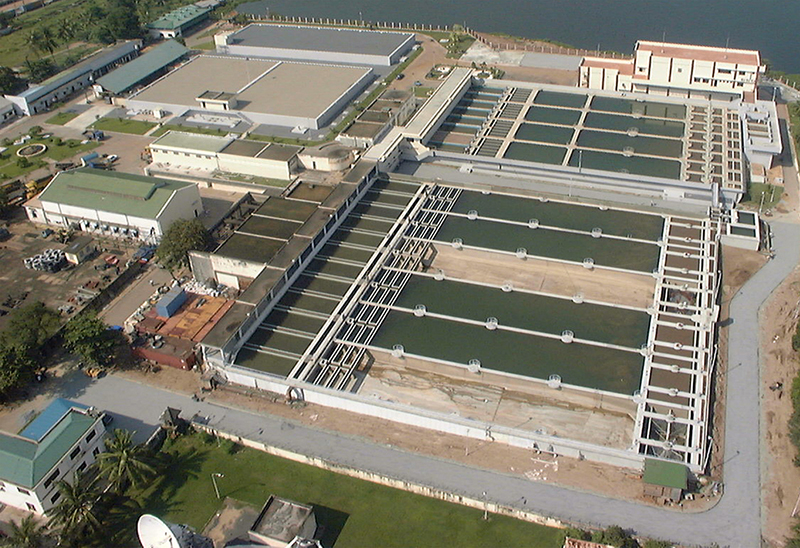 - On January 25, 1979, because of a shortage of spare parts and electrical power, this plant was only able to produce 50,000 m3/day of water, compared to its initial capacity of 100,000 m3/day. With financing from the former Soviet Union, technical assistance from the Socialist Republic of Vietnam and OXFAM, and input from PPWSA, the production
capacity of this plant increased to 55,000 m3/day.
- On January 25, 1979, because of a shortage of spare parts and electrical power, this plant was only able to produce 50,000 m3/day of water, compared to its initial capacity of 100,000 m3/day. With financing from the former Soviet Union, technical assistance from the Socialist Republic of Vietnam and OXFAM, and input from PPWSA, the production
capacity of this plant increased to 55,000 m3/day.
- In 1995, with grant aid from the French and Japanese Governments, the production capacity of this plant was restored to its original capacity of 100,000 m3/day.
- In 2003, with grant aid from the Japanese Government, the production capacity of this plant reached 150,000m3/day.
- Currently, with technical innovation made by PPWSA's technicians and innovation by the management, this plant is able to produce up to 170,000 m3/day, which is greater
than the WTP's initial capacity of 100,000 m3/day.
• Potable Water Distribution System
- By 1993, PPWSA had a potable water pipeline distribution network with a total length of 288 km. This pipeline network consisted of pipes with diameters varying from 60 mm to
700 mm. The networks were in poor condition at the end of the Democratic Kampuchea regime. Because of a lack of budget for repairs, maintenance and replacement, the potable water distribution system gradually deteriorated. This factor contributed to the rate of water loss in 1993 amounting to 72% of the total water production.
• Customer Situation from 1993 to Present
- At the end of 1993, PPWSA had a total of 26,881 customers, more than 60% of whom did not pay water bills because many customers appearing in PPWSA's records could not be reached whilst others had no access to water.
- The existing connections to a majority of households were damaged or usable connections could not be found.
- The number of customers had increased to 365,120 at the end of 2018 on the back of various measures, including the launch of campaign to investigate water consumers in
Phnom Penh in 1994, an investigation to rectify customer lists, the promotion of meter installation for all networks, and improvements to water supply services to customers.

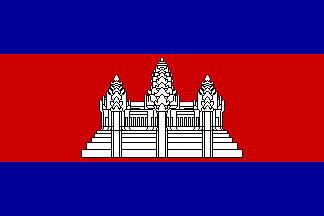 Khmer
Khmer




